Metales pesados en la producción ganadera lechera y riesgos a la salud humana
Resumen
La presencia y distribución de metales pesados se ha generalizado a nivel mundial esto debido a que su tasa de transporte, distribución y bioacumulación es elevada, apoyada en el incremento de los procesos industriales, minero, el crecimiento de la agricultura, ganadería tecnifica, y problemas de contaminación, la incidencia de estos elementos se ha tornado ubica, convirtiéndose en un tema de preocupación mundial, su ingreso a los principales sistemas de producción tal es el caso de la ganadería y su existencia en los principales alimentos que consumen las personas, tal es el caso de la leche de vaca. El objetivo de la presente revisión radicó en la identificación y descripción de las principales fuentes de contaminación por metales pesados en la ganadería partiendo de las de origen antrópico, revisando las de origen natural y diversos aspectos de producción que influyen en el incremento de la contaminación, también se analizó la trasferencia de estos elementos hacia el animal, incidencias en la salud y productividad, seguido de la identificación de los principales metales pesados como arsénico (As), aluminio (Al), cobre (Cu), Hierro (Fe), mercurio (Hg), niquel (Ni), cadmio (Cd) y plomo (Pb), cuya presencia en la leche presentan un riesgo para la salud humana, lográndose reportar las principales concentraciones referenciales establecidas por las normas internacionales en leche para asegurar la salud alimentaria.
Descargas
Citas
Alimentarius, C. (1995). Norma general para los aditivos alimentarios. Codex Stan, Codex Internacional Food Standards (Vol. 8, Issue 5), 192.
https://www.fao.org/fao-who-codexalimentarius/codex-texts/dbs/gsfa/es/
Akinyemi, A. J., Miah, M. R., Ijomone, O. M., Tsatsakis, A., Soares, F. A. A., Tinkov, A. A., Skalny, A. V., Venkataramani, V., & Aschner, M. (2019). Lead (Pb) exposure induces dopaminergic neurotoxicity in Caenorhabditis elegans: Involvement of the dopamine transporter. Toxicology Reports, 6, 833–840. https://doi.org/10.1016/j.toxrep.2019.08.001
Ayar, A., Sert, D., & Akin, N. (2009). The trace metal levels in milk and dairy products consumed in middle Anatolia - Turkey. Environmental Monitoring and Assessment, 152(1–4), 1–12.
https://doi.org/10.1007/s10661-008-0291-9
Mandal, K. S. (2002). Chemical monitoring of soils for environmental quality and animal and human health. Talanta, 58, 201–234.
https://doi.org/10.1016/S0065-2113(08)70013-0
Ballard, O., & Morrow, A. L. (2013). Human Milk Composition. Nutrients and Bioactive Factors. Pediatric Clinics of North America, 60(1), 49–74. https://doi.org/10.1016/j.pcl.2012.10.002
Bilandžić, N., Okić, M., Sedak, M., Solomun, B., Varenina, I., Knežević, Z., & Benić, M. (2011). Trace element levels in raw milk from northern and southern regions of Croatia. Food Chemistry, 127(1), 63–66.
https://doi.org/10.1016/j.foodchem.2010.12.084
Boudebbouz, A., Boudalia, S., Bousbia, A., Habila, S., Boussadia, M. I., & Gueroui, Y. (2021). Heavy metals levels in raw cow milk and health risk assessment across the globe: A systematic review. Science of the Total Environment, 751. https://doi.org/10.1016/j.scitotenv.2020.141830
Chowdhury, S., Mazumder, M. A. J., Al-Attas, O., & Husain, T. (2016). Heavy metals in drinking water: Occurrences, implications, and future needs in developing countries. Science of the Total Environment, 569–570, 476–488.
https://doi.org/10.1016/j.scitotenv.2016.06.166
Castro-González, N. P., Calderón-Sánchez, F., Moreno-Rojas, R., Moreno-Ortega, A., & Tamariz-Flores, J. V. (2017). Health risks in rural populations due to heavy metals found in agricultural soils irrigated with wastewater in the Alto Balsas sub-basin in Tlaxcala and Puebla, Mexico. International Journal of Environmental Health Research, 27(6), 476–486.
https://doi.org/10.1080/09603123.2017.1386767
Castro J.; López de Romaña D.; Bedregal P.; López de Romaña G. y Chirinos D. (2013). Lead and cadmium in maternal blood and placenta in pregnant women from a mining-smelting zone of Peru and transfer of these metals to their newborns. Journal of Toxicology and Environmental Health Sciences, 5(8), 156–165. https://doi.org/10.5897/jtehs2013.0276
Commission Regulation (EC) No 1881/2006 ofCE. (2006). Selecting Secondary Dust-Handling Systems. Official Journal of the European Union, 5(1), 5–364.
http://data.europa.eu/eli/reg/2006/1881/oj
Chirinos Peinado, D., Castro Bedriñana, J., García Olarte, E., Quispe Ramos, R., & Gordillo Espinal,S.(2021).Transfer of lead from soil to pasture grass and milk near a metallurgical complex in the Peruvian Andes. Translational Animal Science,5(1),1-9.
https://doi.org/10.1093/tas/txab003
Coulter, B. Y. M. A. (2016). Minamata Convention on Mercury International Legal Materials. American Society of International Law. Vol. 55, No. 3 (2016), 582-616.
https://doi.org/10.5305/intelegamate.55.3.0582
Denholm, S. J., Sneddon, A. A., McNeilly, T. N., Bashir, S., Mitchell, M. C., & Wall, E. (2019). Phenotypic and genetic analysis of milk and serum element concentrations in dairy cows. Journal of Dairy Science, 102(12), 11180–11192. https://doi.org/10.3168/jds.2019-16960
Diyabalanage, S., Kalpage, M. D., Mohotti, D. G., Dissanayake, C. K. K., Fernando, R., Frew, R. D., & Chandrajith, R. (2021). Comprehensive Assessment of Essential and Potentially Toxic Trace Elements in Bovine Milk and Their Feeds in Different Agro-climatic Zones of Sri Lanka. Biological Trace Element Research, 199(4), 1377–1388. https://doi.org/10.1007/s12011-020-02242-4
European Food Safety Authority (EFSA). (2014). Dietary exposure to inorganic arsenic in the European population. EFSA Journal, 12(3). https://doi.org/10.2903/j.efsa.2021.6380
Eid, A., & Zawia, N. (2016). Consequences of lead exposure, and it’s emerging role as an epigenetic modifier in the aging brain. NeuroToxicology, 56, 254–261. https://doi.org/10.1016/j.neuro.2016.04.006
Eid, R., Arab, N. T. T., & Greenwood, M. T. (2017). Iron mediated toxicity and programmed cell death: A review and a re-examination of existing paradigms. Biochimica et Biophysica Acta - Molecular Cell Research, 1864(2), 399–430. https://doi.org/10.1016/j.bbamcr.2016.12.002
Federation Internacional de Laiterie (IDF). (1978). Contaminación por metales en leche y productos lácteos. Int Dairy Fed Bull Documento Nº 105 (1979).
https://www.zuivelnl.org/en/international-dairy-federation-idf
Forrellat Barrios, M., Gautier Du Défaix Gómez, H., & Fernández Delgado, N. (2000). Metabolismo del hierro. Revista Cubana de Hematologia, Inmunologia y Hemoterapia, 16(3), 149–160.
Food and Nutrition Board (FNB) (2001). Dietary Reference Intakes (DRIs) Recommended Intakes for Individual Elements. Bulletin Food and Nutrition Board, Institute of Medicine, National Academies. (2001), 1-9.
https://www.nal.usda.gov/sites/default/files/fnic_uploads/recommended_intakes_individuals.pdf
Gall, J. E., Boyd, R. S., & Rajakaruna, N. (2015). Transfer of heavy metals through terrestrial food webs: a review. Environmental Monitoring and Assessment, 187(4). https://doi.org/10.1007/s10661-015-4436-3
Gu, Y. G., Li, Q. S., Fang, J. H., He, B. Y., Fu, H. B., & Tong, Z. J. (2014). Identification of heavy metal sources in the reclaimed farmland soils of the pearl river estuary in China using a multivariate geostatistical approach. Ecotoxicology and Environmental Safety, 105(1), 7–12.
https://doi.org/10.1016/j.ecoenv.2014.04.003
Henriques, M. C., Loureiro, S., Fardilha, M., & Herdeiro, M. T. (2019). Exposure to mercury and human reproductive health: A systematic review. Reproductive Toxicology, 85, 93–103.
https://doi.org/10.1016/j.reprotox.2019.02.012
International Agency for Research on Cancer (IARC). (1990). Chromium, Nickel and Welding IARC Monographs on the Evaluation of Carcinogenic Risks to Humans. World Health Organization, International Agency for Research on Cancer, Vol 49 (1), 687.
http://scielo.sld.cu/scielo.php?script=sci_arttext&pid=s0864-02892000000300001
Iqbal, Z., Abbas, F., Ibrahim, M., Qureshi, T. I., Gul, M., & Mahmood, A. (2020). Human health risk assessment of heavy metals in raw milk of buffalo feeding at wastewater-irrigated agricultural farms in Pakistan. Environmental Science and Pollution Research, 27(23), 29567–29579.
https://doi.org/10.1007/s11356-020-09256-4
Islam, M. S., Ahmed, M. K., Habibullah-Al-Mamun, M., & Raknuzzaman, M. (2015). The concentration, source and potential human health risk of heavy metals in the commonly consumed foods in Bangladesh. Ecotoxicology and Environmental Safety, 122, 462–469.
https://doi.org/10.1016/j.ecoenv.2015.09.022
Ismail, A., Riaz, M., Akhtar, S., Farooq, A., Shahzad, M. A., & Mujtaba, A. (2017). Intake of heavy metals through milk and toxicity assessment. Pakistan Journal of Zoology, 49(4), 1413–1419.
https://doi.org/10.17582/journal.pjz/2017.49.4.1413.1419
Jolly, Y. N., Iqbal, S., Rahman, M. S., Kabir, J., Akter, S., & Ahmad, I. (2017). Energy dispersive X-ray fluorescence detection of heavy metals in Bangladesh cows’ milk. Heliyon, 3(9), e00403.
https://doi.org/10.1016/j.heliyon.2017.e00403
Kar, I., & Patra, A. K. (2021). Tissue Bioaccumulation and Toxicopathological Effects of Cadmium and Its Dietary Amelioration in Poultry—a Review. Biological Trace Element Research, 199(10), 3846–3868.
https://doi.org/10.1007/s12011-020-02503-2
Karimi, A., Naghizadeh, A., Biglari, H., Peirovi, R., Ghasemi, A., & Zarei, A. (2020). Assessment of human health risks and pollution index for heavy metals in farmlands irrigated by effluents of stabilization ponds. Environmental Science and Pollution Research, 27(10), 10317–10327.
https://doi.org/10.1007/s11356-020-07642-6
Krewski, D., Yokel, R. A., Nieboer, E., Borchelt, D., Cohen, J., Harry, J., Kacew, S., Lindsay, J., Mahfouz, A. M., & Rondeau, V. (2007). Human health risk assessment for aluminium, aluminium oxide, and aluminium hydroxide. In Journal of Toxicology and Environmental Health - Part B: Critical Reviews (Vol. 10, Issue SUPPL. 1). https://doi.org/10.1080/10937400701597766
Lawal A.O.; Mohammed S.S. & Damisa D. (2006). Assessment of Levels of Copper, Cadmium and Lead in Secretion of Mammary Gland of Cows Grazed on Open Fields. Science World Journal, 1(1), 21–26. https://www.ajol.info//index.php/swj/article/view/51689
Leksir, C., Boudalia, S., Moujahed, N., & Chemmam, M. (2019). Traditional dairy products in Algeria: Case of Klila cheese. Journal of Ethnic Foods, 6(1). https://doi.org/10.1186/s42779-019-0008-4
Licata, P., Trombetta, D., Cristani, M., Giofrè, F., Martino, D., Calò, M., & Naccari, F. (2004). Levels of “toxic” and “essential” metals in samples of bovine milk from various dairy farms in Calabria, Italy. Environment International, 30(1), 1–6. https://doi.org/10.1016/S0160-4120(03)00139-9
Liu, Z. P. (2003). Lead poisoning combined with cadmium in sheep and horses in the vicinity of non-ferrous metal smelters. Science of the Total Environment, 309(1–3), 117–126. https://doi.org/10.1016/S0048-9697(03)00011-1
Maas, S., Lucot, E., Gimbert, F., Crini, N., & Badot, P. M. (2011). Trace metals in raw cows’ milk and assessment of transfer to Comté cheese. Food Chemistry, 129(1), 7–12. https://doi.org/10.1016/j.foodchem.2010.09.034
Miroshnikov, S. A., Skalny, A. V., Zavyalov, O. A., Frolov, A. N., & Grabeklis, A. R. (2020). The Reference Values of Hair Content of Trace Elements in Dairy Cows of Holstein Breed. Biological Trace Element Research, 194(1), 145–151. https://doi.org/10.1007/s12011-019-01768-6
Miroshnikov, S., Notova, S., Kazakova, T., & Marshinskaia, O. (2021). The total accumulation of heavy metals in body in connection with the dairy productivity of cows. Environmental Science and Pollution Research, 28(36), 49852–49863. https://doi.org/10.1007/s11356-021-14198-6
Mitra, S., Chakraborty, A. J., Tareq, A. M., Emran, T. Bin, Nainu, F., Khusro, A., Idris, A. M., Khandaker, M. U., Osman, H., Alhumaydhi, F. A., & Simal-Gandara, J. (2022). Impact of heavy metals on the environment and human health: Novel therapeutic insights to counter the toxicity. Journal of King Saud University - Science, 34(3), 101865.
https://doi.org/10.1016/j.jksus.2022.101865
Năstăsescu, V., Mititelu, M., Goumenou, M., Docea, A. O., Renieri, E., Udeanu, D. I., Oprea, E., Arsene, A. L., Dinu-Pîrvu, C. E., & Ghica, M. (2020). Heavy metal and pesticide levels in dairy products: Evaluation of human health risk. Food and Chemical Toxicology, 146, 111844.
https://doi.org/10.1016/j.fct.2020.111844
Numa Pompilio, C. G., Francisco, C. S., Marco Tulio, F. de M. T., Sergio Samuel, S. M., & Fernanda Eliza, G. J. (2021). Heavy metals in blood, milk and cow’s urine reared in irrigated areas with wastewater. Heliyon, 7(4). https://doi.org/10.1016/j.heliyon.2021.e06693
Pšenková, M., Toman, R., & Tančin, V. (2020). Concentrations of toxic metals and essential elements in raw cow milk from areas with potentially undisturbed and highly disturbed environment in Slovakia. Environmental Science and Pollution Research, 27(21), 26763–26772.
https://doi.org/10.1007/s11356-020-09093-5
Puls, R. (1994). Selenium. En: Mineral levels in animal health. Clearbook: Sherpa International, 2ª ed., 230-234.
Qi, Z., Gao, X., Qi, Y., & Li, J. (2020). Spatial distribution of heavy metal contamination in mollisol dairy farm. Environmental Pollution, 263, 114621.
https://doi.org/10.1016/j.envpol.2020.114621
Raikwar, M. K., Kumar, P., Singh, M., & Singh, A. (2008). Toxic effect of heavy metals in livestock health. Veterinary World, 1(1), 28–30. https://doi.org/10.5455/vetworld.2008.28-30
Reglamento (UE) 2015/1006 de la Comisión Europea (CE) (2015). Official Journal of the European Union, 161/14(June), 14–16.
http://data.europa.eu/eli/reg/2015/1006/oj
Rice, K. M., Walker, E. M., Wu, M., Gillette, C., & Blough, E. R. (2014). Environmental mercury and its toxic effects. Journal of Preventive Medicine and Public Health, 47(2), 74–83.
https://doi.org/10.3961/jpmph.2014.47.2.74
Salman A. Salman, Zeid, S. A. M., & Abdel-Hafiz, E.-M. M. S. and M. A. (2019). Soil characterization and heavy metal pollution assessment in Orabi farms. Bulletin of the National Research, 43(1), 1–13.
https://doi.org/10.1186/s42269-019-0082-1
Sizova E.A., Miroshnikov S.A., Notova S.V., Marshinskaya O. V., Kazakova T. V., A. Tinkov A. & Skalny A. V. Niveles de oligoelementos y minerales en suero y cabello en vacas lecheras en relación con la producción diaria de leche. Biological Trace Element Research 200 (1), 1.37.
https://doi.org/10.1007/s12011-021-02878-w
Sundseth, K., Pacyna, J. M., Pacyna, E. G., Pirrone, N., & Thorne, R. J. (2017). Global sources and pathways of mercury in the context of human health. International Journal of Environmental Research and Public Health, 14(1). https://doi.org/10.3390/ijerph14010105
Swarup, D., Patra, R. C., Naresh, R., Kumar, P., & Shekhar, P. (2005). Blood lead levels in lactating cows reared around polluted localities; Transfer of lead into milk. Science of the Total Environment, 349(1–3), 67–71. https://doi.org/10.1016/j.scitotenv.2004.12.079
Taravati Javad, M., Vahidinia, A., Samiee, F., Elaridi, J., Leili, M., Faradmal, J., & Rahmani, A. (2018). Analysis of aluminum, minerals and trace elements in the milk samples from lactating mothers in Hamadan, Iran. Journal of Trace Elements in Medicine and Biology, 50(March), 8–15.
https://doi.org/10.1016/j.jtemb.2018.05.016
Vasconcelos Neto, M. C. de, Silva, T. B. C., Araújo, V. E. de, & Souza, S. V. C. de. (2019). Lead contamination in food consumed and produced in Brazil: Systematic review and meta-analysis. Food Research International, 126(September), 108671. https://doi.org/10.1016/j.foodres.2019.108671
Yasotha, A., Dabadé, D. S., Singh, V. P., & Sivakumar, T. (2021). Risk assessment of heavy metals in milk from cows reared around industrial areas in India. Environmental Geochemistry and Health, 43(5), 1799–1815.
https://doi.org/10.1007/s10653-020-00758-1
Ye, C., Butler, O. M., Du, M., Liu, W., & Zhang, Q. (2019). Spatio-temporal dynamics, drivers and potential sources of heavy metal pollution in riparian soils along a 600 kilometre stream gradient in Central China. Science of the Total Environment, 651, 1935–1945.
https://doi.org/10.1016/j.scitotenv.2018.10.107
Zhou, X., Qu, X., Zhao, S., Wang, J., Li, S., & Zheng, N. (2017). Analysis of 22 Elements in Milk, Feed, and Water of Dairy Cow, Goat, and Buffalo from Different Regions of China. Biological Trace Element Research, 176(1), 120–129. https://doi.org/10.1007/s12011-016-0819-8
Zhou, X., Qu, X., Zheng, N., Su, C., Wang, J., & Soyeurt, H. (2019). Large scale study of the within and between spatial variability of lead, arsenic, and cadmium contamination of cow milk in China. Science of the Total Environment, 650(2), 3054–3061.
https://doi.org/10.1016/j.scitotenv.2018.09.094
Zhou, X., Zheng, N., Su, C., Wang, J., & Soyeurt, H. (2019). Relationships between Pb, As, Cr, and Cd in individual cows’ milk and milk composition and heavy metal contents in water, silage, and soil. Environmental Pollution, 255. https://doi.org/10.1016/j.envpol.2019.113322
Zwierzchowski, G., & Ametaj, B. N. (2018). Minerals and Heavy Metals in the Whole Raw Milk of Dairy Cows from Different Management Systems and Countries of Origin: A Meta-Analytical Study. Journal of Agricultural and Food Chemistry, 66(26), 6877–6888.
Derechos de autor 2022 Damaris Leiva Tafur;Rainer Marco López Lapa

Esta obra está bajo licencia internacional Creative Commons Reconocimiento 4.0.





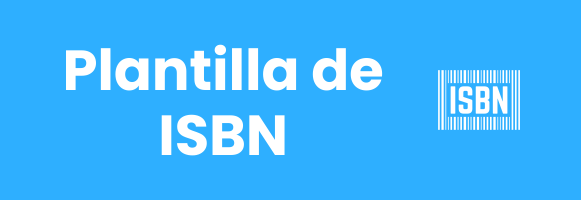
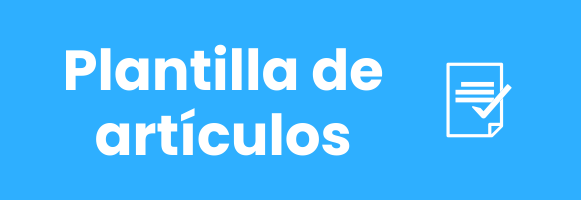




.png)
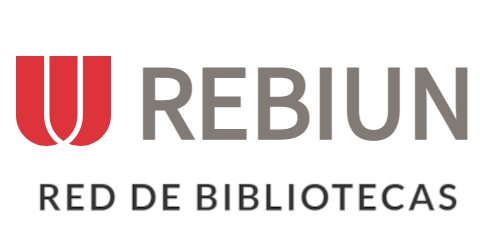









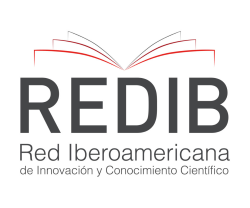


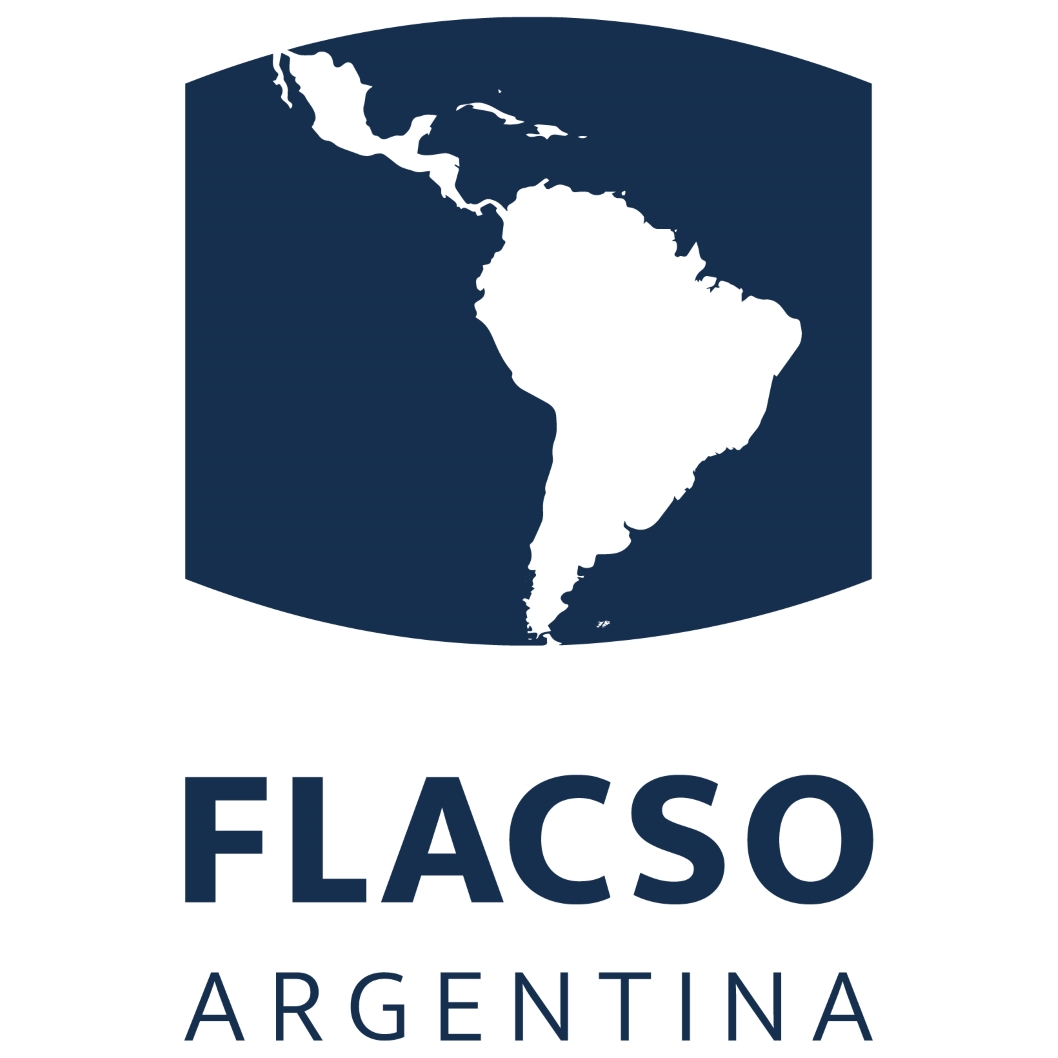

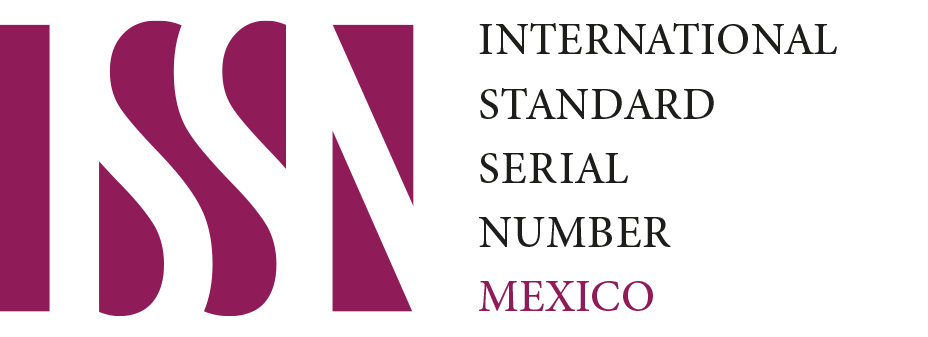
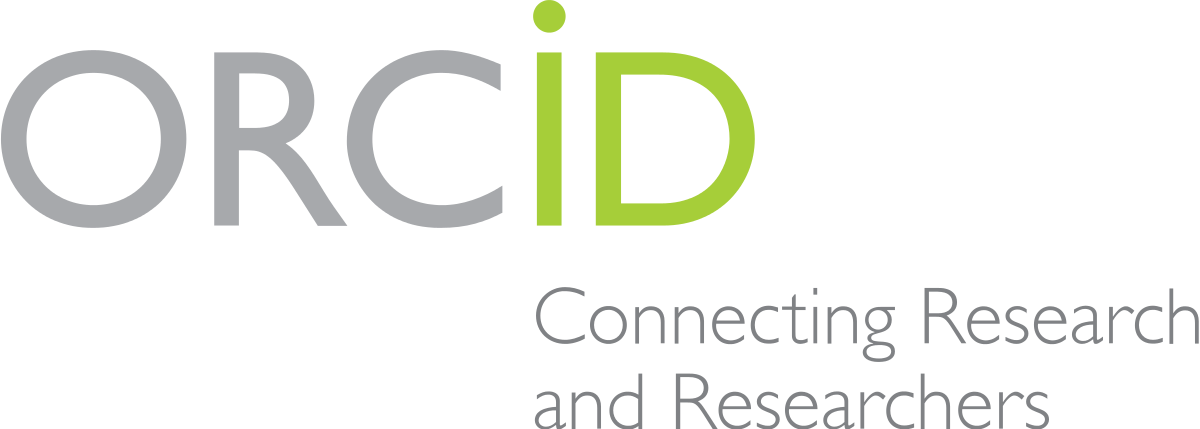



.png)
1.png)


